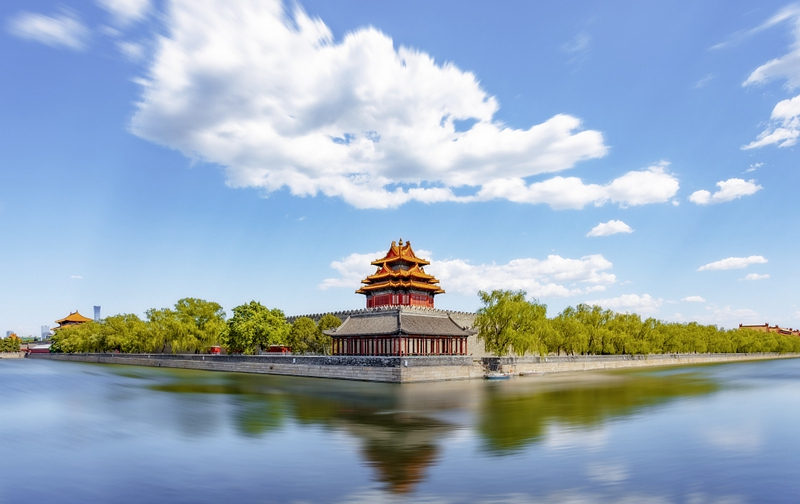Average PM2.5 Concentration at 28.5 µg/m³: Beijing Sees 13 More Days of Good Air Quality in H1 of 2025
On July 1, the Beijing Municipal Ecology and Environment Bureau announced that in the first half of 2025, the average concentration of fine particulate matter (PM2.5) in the city was 28.5 micrograms per cubic meter, indicating a year-on-year decrease of 17.4 percent. The number of days with good/moderate air quality reached 142, increasing by 13 days compared with the same period last year. Water eco-environmental quality was also improved year on year, while soil conditions remained stable and sound, and the overall quality of ecosystems continued being improved steadily.
Over the past six months, Beijing has steadily implemented more than 100 measures across five major areas — the control of air pollution, water pollution and soil pollution, the actions on climate changes, and the protection of ecosystems.
Specific measures included the allocation of additional new energy vehicle (NEV) quotas to car-free households, which promoted green transportation and brought the total number of NEVs owned in the city to 1.09 million. In terms of water resource protection, Beijing has designated 702 drinking water source protection zones, and continued implementing cross-regional ecological compensation agreements with Hebei Province for the basins of the Miyun and Guanting reservoirs. Water ecosystems have been improved through continued restoration projects for the Wenyu River and the Laohewan section, with the Longhe section in Daxing District fully restored.
The city also released its first white paper focusing on biodiversity, which is titled Biodiversity Conservation in Beijing. This publication provides "Beijing's solutions" for biodiversity protection in megacities. Ecological restoration projects, including that for western Beijing, have also been underway steadily through overall planning and coordination.
(Source: Beijing Daily)




